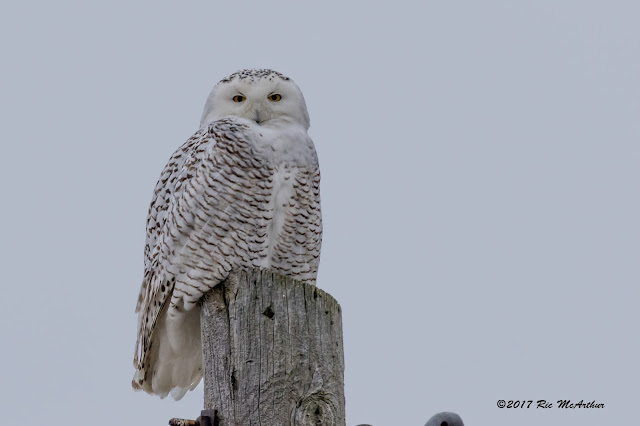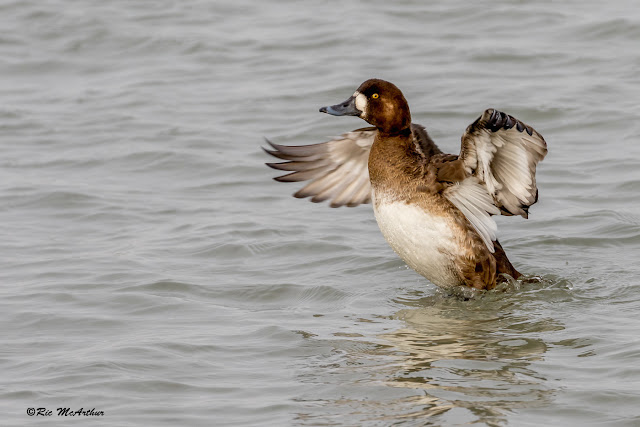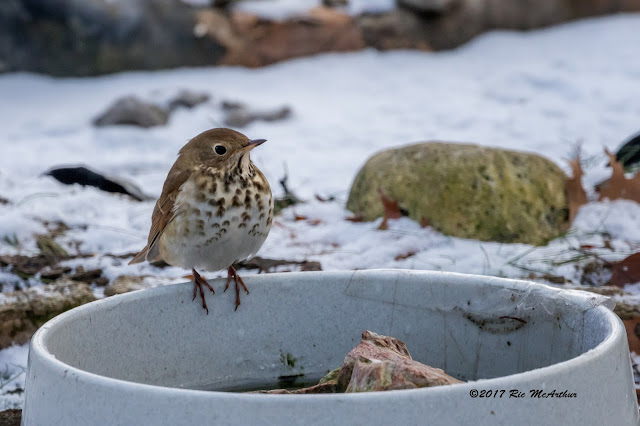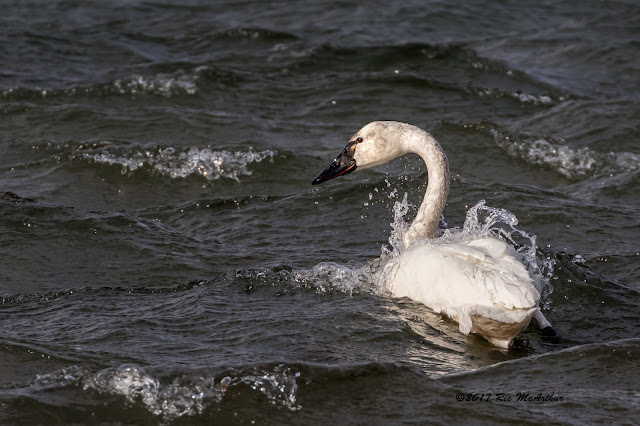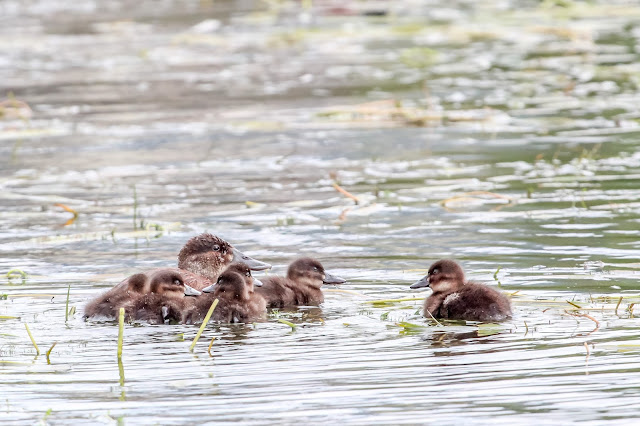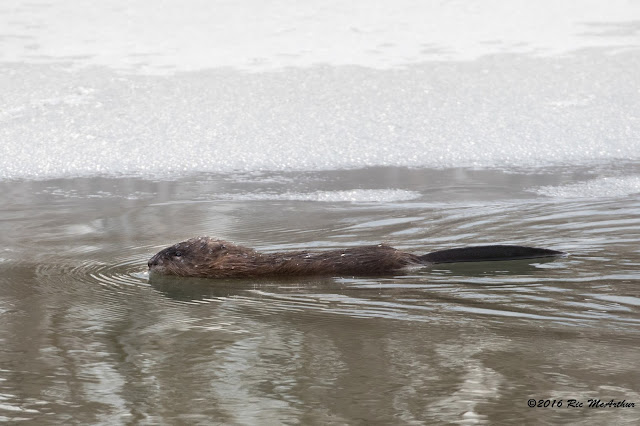An unusual, for us, winter visitor to our heated water bowl. A hermit thrush showed up today and had a long drink from our outdoor heated water bowl. The bowl may be the only liquid water, other than Lake Erie, right now. Small birds don't seem to like going on the shore, probably too exposed. Catharus guttatus In spring, the Hermit Thrush eats mainly insects such as beetles, caterpillars, bees, ants, wasps, and flies. They also occasionally eat small amphibians and reptiles. In the winter, they change their diet to eat more fruit, including wild berries.

